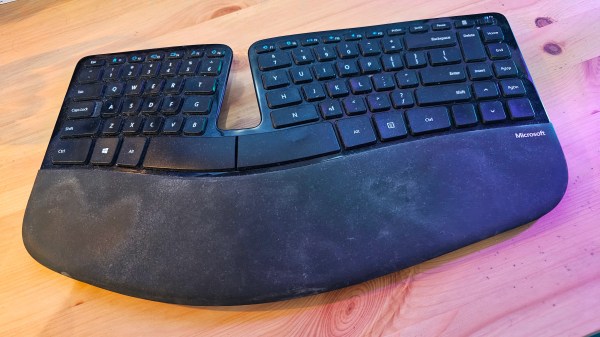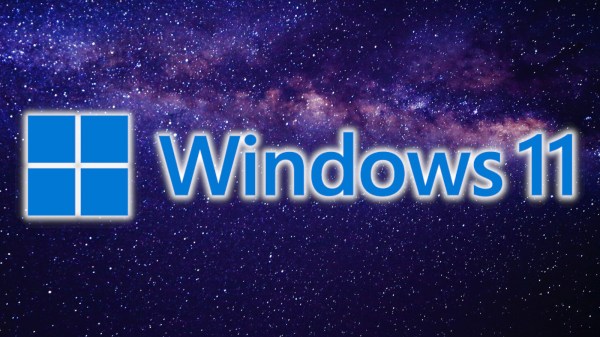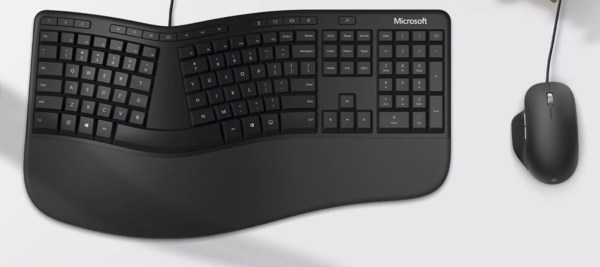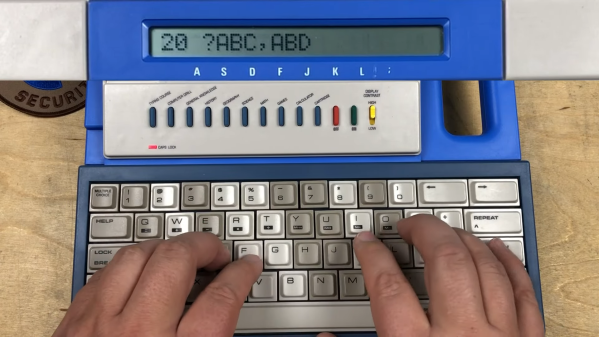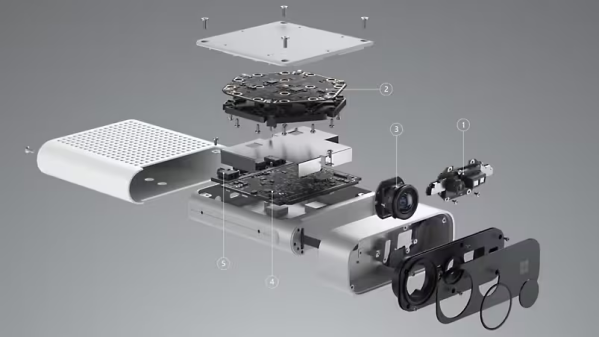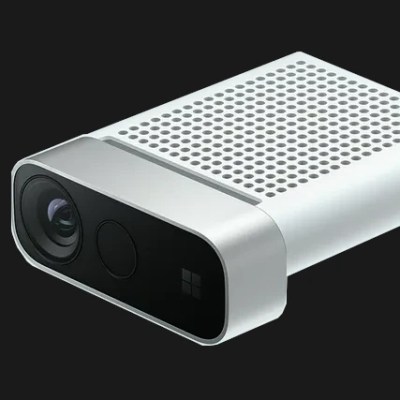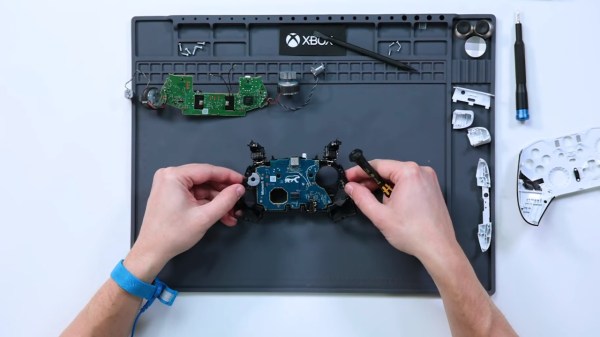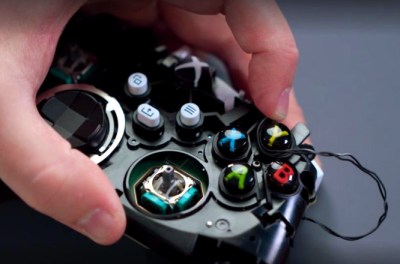We’re not 100% sure which phase of Microsoft’s “Embrace, Extend, and Extinguish” gameplan this represents, but just yesterday the Redmond software giant decided to grace us with the source code for MS-DOS v4.0.
 To be clear, the GitHub repository itself has been around for several years, and previously contained the source and binaries for MS-DOS v1.25 and v2.0 under the MIT license. This latest update adds the source code for v4.0 (no binaries this time), which originally hit the market back in 1988. We can’t help but notice that DOS v3.0 didn’t get invited to the party — perhaps it was decided that it wasn’t historically significant enough to include.
To be clear, the GitHub repository itself has been around for several years, and previously contained the source and binaries for MS-DOS v1.25 and v2.0 under the MIT license. This latest update adds the source code for v4.0 (no binaries this time), which originally hit the market back in 1988. We can’t help but notice that DOS v3.0 didn’t get invited to the party — perhaps it was decided that it wasn’t historically significant enough to include.
That said, readers with sufficiently gray beards may recall that DOS 4.0 wasn’t particularly well received back in the day. It was the sort of thing where you either stuck with something in the 3.x line if you had older hardware, or waited it out and jumped to the greatly improved v5 when it was released. Modern equivalents would probably be the response to Windows Vista, Windows 8, and maybe even Windows 11. Hey, at least Microsoft keeps some things consistent.
It’s interesting that they would preserve what’s arguably the least popular version of MS-DOS in this way, but then again there’s something to be said for having a historical record on what not to do for future generations. If you’re waiting to take a look at what was under the hood in the final MS-DOS 6.22 release, sit tight. At this rate we should be seeing it sometime in the 2030s.


